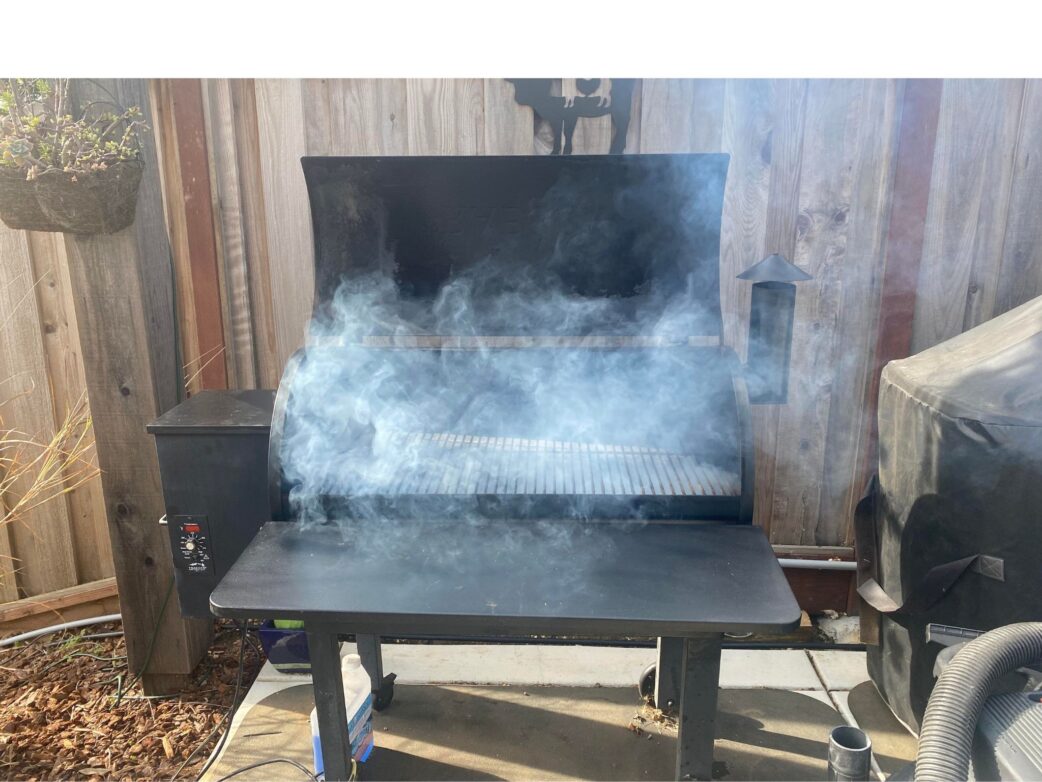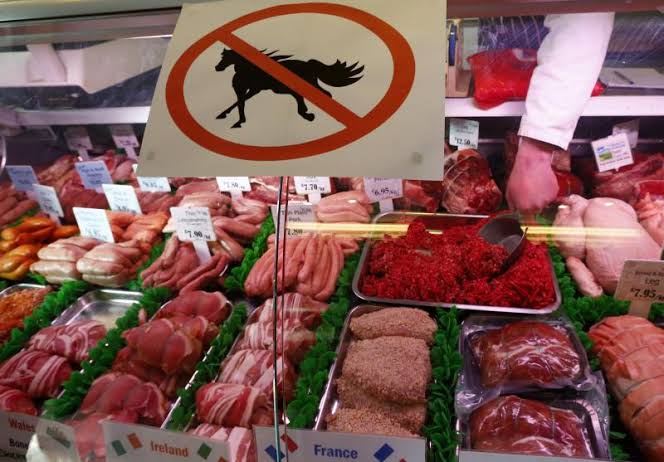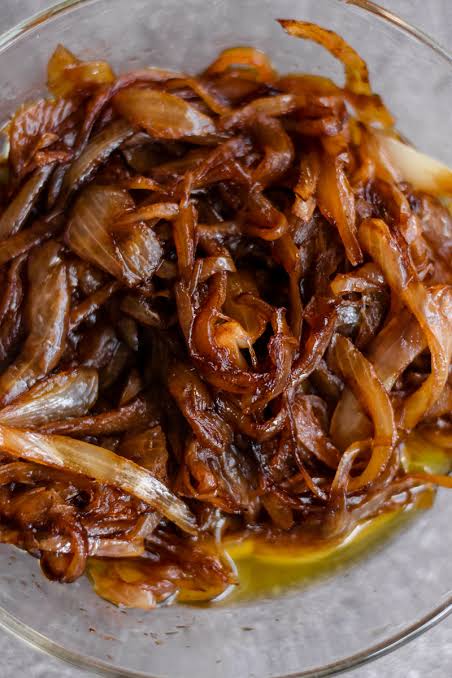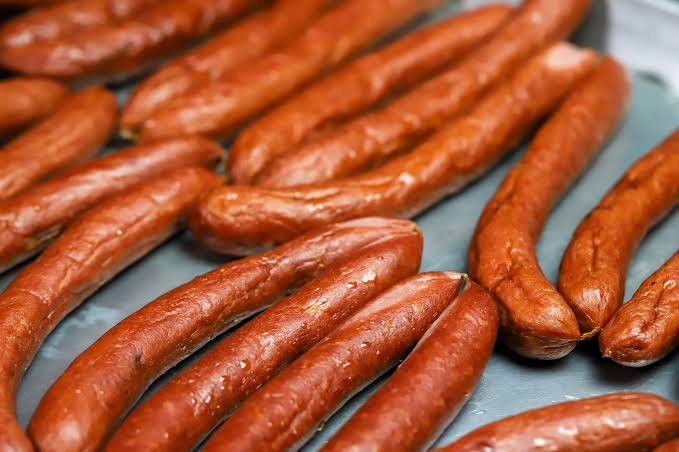Traeger grills commonly known for their ability to maintain consistent temperatures, thus, making them ideal for smoking and low-and-slow BBQ. However, there are times when your Traeger might overheat, thus, reaching temperatures significantly higher than the setting. This can really be frustrating, especially if you’re trying to cook something delicate. Continue reading to find out the reasons why your Traeger is getting hotter than setting, as well as the solution and frequently asked questions surrounding this topic.
Reasons for Overheating
There are many reasons why your Traeger might be overheating. Here are some of the most common:
- Pellet quality: The quality of your pellets can have a big impact on the temperature of your grill. That means, if you’re using cheap or low-quality pellets, they may burn hotter than necessary and cause the grill to overheat.
- Dirty grill: As time passes, ash and grease can build up in your grill, thereby clogging the air intake and preventing proper airflow. This can restrict the amount of oxygen reaching the fire, causing it to burn hotter and the temperature to spike.
- Malfunctioning controller: In some cases, a malfunctioning controller may be the reason. If the controller is not working properly, it will not be able to regulate the temperature correctly.
- Incorrect probe placement: The temperature probe is responsible for telling the grill’s controller what the temperature is. If the probe is not placed correctly, it may not be getting an accurate reading, hence causing the grill to overheat.
Solutions.
Now we have talked about the problems, lets also talk about the solutions to your Traeger getting hotter than setting. Here are some solutions to fix a Traeger that is overheating:
- Use high-quality pellets: Always use high-quality pellets from a good brand. This will help make sure that your grill burns at a consistent temperature.
- Clean your grill regularly: Cleaning your grill regularly will remove ash and grease buildup. This will improve airflow and help prevent overheating.
- Check the probe placement: Ensure that the probe is inserted into the meat or food item you’re cooking, not into the grill itself.
- Calibrate the probe: If you think the probe may be inaccurate, you can calibrate it using your Traeger manual instruction.
- Update the controller software: Traeger sometimes releases software updates for their controllers. From time to time, it is pertinent to check if there is an update available for your grill and install it if necessary.
- Contact Traeger support: If you’ve tried everything stated above and your Traeger is still overheating, contact Traeger customer support for further assistance.
How to prevent Overheating.
In addition to the solutions above, here are some tips for you to prevent your Traeger from overheating in the first place:
Don’t overfill the hopper: Overfilling the hopper of your Traeger can cause the pellets to jam and prevent the auger from feeding properly. This can lead to overheating.
Don’t open the lid too often: Opening the lid allows heat escape, which can cause the temperature to fluctuate. It is necessary to minimize the number of times you open the lid.
Use a grill cover: A grill cover will help to insulate the grill and keep the heat in. This can help prevent temperature swings.
Avoid using the grill in direct sunlight: Direct sunlight can heat up your grill and cause it to overheat. If you must use the grill in direct sunlight, try to move it to a shady spot as quickly as possible.
By following these tips, you can prevent your Traeger from overheating and ensure that you get perfectly cooked food every time.
Frequently Asked Question.
1. Why is there a 50+ degree temp difference between left and right side of grill?
Heat Distribution:
One of the most common reasons for a temperature difference between the left and right sides of your grill is that the heat is not being evenly distributed. This can be caused by a number of factors, these may include the design of the grill, the type of fuel you are using, and the way you are using the grill.
For example, if you are using a charcoal grill, the coals may be piled up on one side of the grill, this will cause that side of the grill to be hotter. Similarly, if you are using a gas grill, the burners may not be evenly spaced, which can also lead to uneven heating.
Airflow:
Another factor that can affect the temperature difference between the both sides of your grill is airflow. If there is not enough airflow on one side of the grill, the heat will not be able to escape and will build up, causing that side of the grill to be hotter.
This can be caused by a number of factors, such as the grill being placed too close to a wall or other object, or by the wind blowing in just one direction.
Location of the Exhaust Vent:
The location of the exhaust vent can also affect the temperature difference between the left and right sides of your grill. If the exhaust vent is on one side of the grill, the heat will be drawn towards that side, causing that side to be hotter.
What is the best temp for Traeger?
The best temperature for your Traeger grill depends on what you are cooking. Here are some general guidelines:
Smoking: 165°F to 275°F
Low-and-slow BBQ: 225°F to 275°F
Grilling: 300°F to 450°F
Searing: 450°F to 500°F
Related posts:
Trailer pit – Single or tandem axle? (Which is better)
Can you burn rust off grill grates?
Here is a more detailed breakdown of the best temperatures for different types of meat:
Beef: For rare beef, cook to an internal temperature of 120°F. For medium rare, cook to 135°F. For medium, cook to 145°F. For medium well, cook to 155°F. For well done, cook to 165°F.
Pork: For pork chops, cook to an internal temperature of 145°F. For pork shoulder, cook to 200°F.
Chicken: For chicken breasts, cook to an internal temperature of 165°F. For chicken thighs, cook to 170°F.
Seafood: For salmon, cook to an internal temperature of 145°F. For shrimp, cook to an internal temperature of 145°F.
Vegetables: For vegetables, cook until they are tender and lightly browned. This will vary depending on the type of vegetable.
No matter what you are cooking, it is always a good idea to use a meat thermometer to ensure that your food is cooked to the correct temperature. This will help to prevent foodborne illness.



